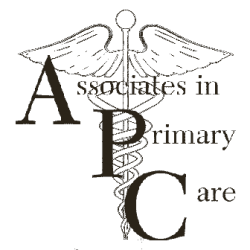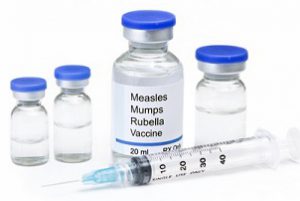Vaccines
Available Inventory

TwinRix
TWINRIX is used in adults,adolescents, children, and infants to prevent hepatitis A and hepatitis B diseases. Vaccination is the best way to prevent hepatitis A and B infection.

HAVRIX HEP A
HAVRIX® is indicated for active immunization against disease caused by hepatitis A virus (HAV). HAVRIX is approved for use in persons 12 months of age and older. Primary immunization should be administered at least 2 weeks prior to expected exposure to HAV.

Influenza, high dose seasonal
It has been recognized for many years that people 65 years and older are at greater risk of serious complications from the flu compared with young, healthy adults because human immune defenses become weaker with age. While flu seasons can vary in severity, during most seasons, people 65 years and older bear the greatest burden of severe flu disease. In recent years, for example, it’s estimated that between about 70 percent and 90 percent of seasonal flu-related deaths have occurred in people 65 years and older and between 50 percent and 70 percent of seasonal flu-related hospitalizations have occurred among people in that age group. So influenza is often quite serious for people 65 and older.
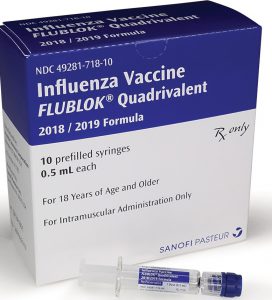
FluBlok Influenza Injectable quadrivalent
Flublok Quadrivalent vaccine is indicated for active immunization against disease caused by influenza A subtype viruses and type B viruses contained in the vaccine. Flublok Quadrivalent vaccine is approved for use in persons 18 years of age and older.
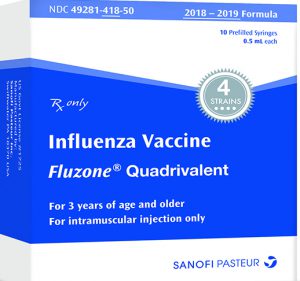
Regular dose Influenza Injectable quadrivalent
For years, flu vaccines were designed to protect against three different flu viruses (trivalent vaccines). Trivalent vaccines include an influenza A (H1N1) virus, an influenza A (H3N2) virus and one influenza B virus. Experts had to choose one B virus, even though there are two different lineages of B viruses that both circulate during most seasons. This meant the vaccine may not protect as well against the group of B viruses not included in the vaccine. Adding another B virus to the vaccine aims to give broader protection against circulating flu viruses

PNEUMOVAX®23, PNEUMOCOCCAL 23-VALENT, ADULT
The pneumococcal polysaccharide vaccine protects against 23 types of pneumococcal bacteria. CDC recommends it for all adults 65 years or older and for those 2 years or older at increased risk for disease

PREVNAR Pneumococcal, 13 valent
Prevnar 13 (Pneumococcal 13-valent conjugate vaccine [diphtheria CRM197 protein]) suspension for intramuscular injection is indicated for active immunization for the prevention of disease caused by Streptococcus pneumoniae.
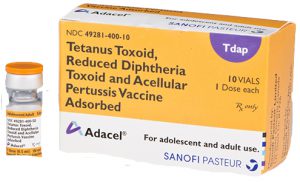
ADACEL (TDAP)
Adacel (diphtheria, tetanus, and acellular pertussis adult vaccine – also called Tdap) is used to help prevent tetanus, diphtheria, and pertussis in people who are at least 10 years old. Most people in this age group require only one Tdap shot for protection against these diseases.

TST-PPD intradermal DEPO
Mantoux tuberculin skin test (TST) is the standard method of determining whether a person is infected with Mycobacterium tuberculosis. Reliable administration and reading of the TST requires standardization of procedures, training, supervision, and practice
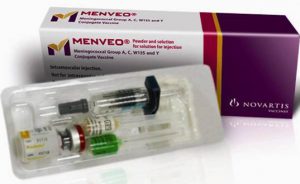
MENACTRA Meningococcal MCV4P
Vaccines are available that can help prevent meningococcal disease, which is any type of illness caused by Neisseria meningitidis bacteria. There are two types of meningococcal vaccines available in the United States: Meningococcal conjugate vaccines

BEXSERO meningococcal B, OMV
BEXSERO is a vaccine indicated for active immunization to prevent invasive disease caused by Neisseria meningitidis serogroup B. BEXSERO is approved for use in individuals 10 through 25 years of age.

Japanese Encephalitis IM
The Japanese encephalitis vaccine is an inactivatedvaccine that is very effective at preventing infection. It is a two-dose vaccine administered 4 weeks apart; the second dose must be completed at least one week before travel. The Japanese encephalitis vaccine is approved for people age 2 months and older.
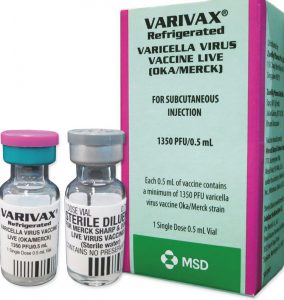
VARIVAX Varicella
VARIVAX is a vaccine indicated for active immunization for the prevention of varicella in individuals 12 months of age or older.
Each dose is approximately 0.5 mL after reconstitution and is administered by subcutaneous injection.
Children (12 months to 12 years of age): If a second dose is administered, there should be a minimum interval of 3 months between doses.

Shingrix SHINGLES
SHINGRIX is an FDA-approved vaccine for the prevention of shingles (herpes zoster) in adults 50 years and older.
SHINGRIX is not used to prevent chickenpox.
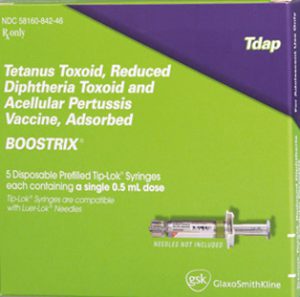
BOOSTRIX Tdap
The diphtheria, tetanus acellular, and pertussis adult vaccine (also called Tdap) is used to help prevent these diseases in people who are at least 10 years old. Most people in this age group require only one Tdap shot for protection against these diseases.

Polio DEPO shot
Inactivated polio vaccine (IPV) is the only polio vaccine that has been given in the United States since 2000. IPV is given by shot in the leg or arm, depending on the patient’s age. Oral polio vaccine (OPV) is used in other countries. CDC recommends that children get four doses of polio vaccine

GARDASIL HPV9
GARDASIL®9 (Human Papillomavirus 9-valent Vaccine, Recombinant) helps protect girls and women ages 9 to 26 against cervical, vaginal, vulvar, and anal cancers and genital warts caused by 9 types of HPV.
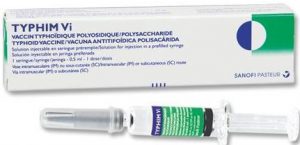
TYPHIM Vi Typhoid
Typhim Vi is a vaccine used to help prevent typhoid fever, which is caused by a bacterium called Salmonella typhi. The organism which causes typhoid fever can be passed on through contaminated food or water
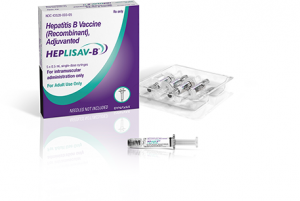
HEPLISAV-B
HEPLISAV-B is indicated for prevention of infection caused by all known subtypes of hepatitis B virus in adults 18 years of age and older. You can get two doses in one month.
About us
Internal & Adolescent Medicine
Diplomates of the American Board of Internal Medicine
